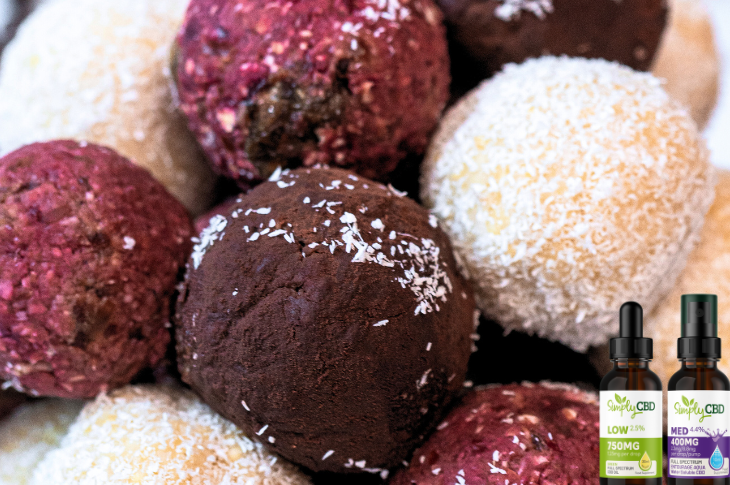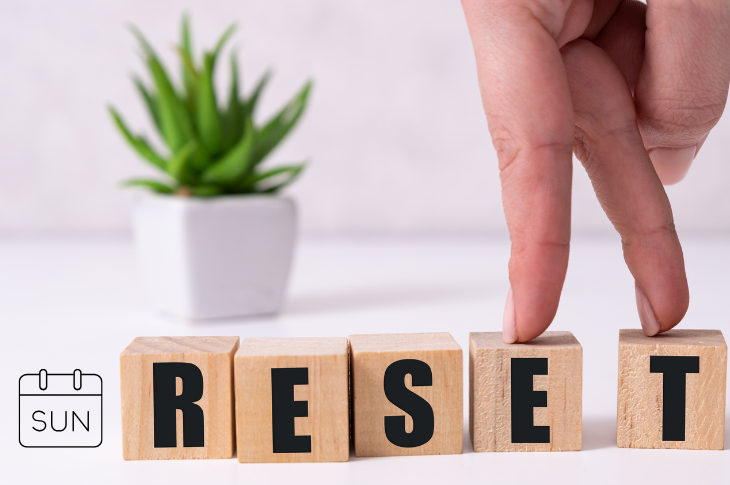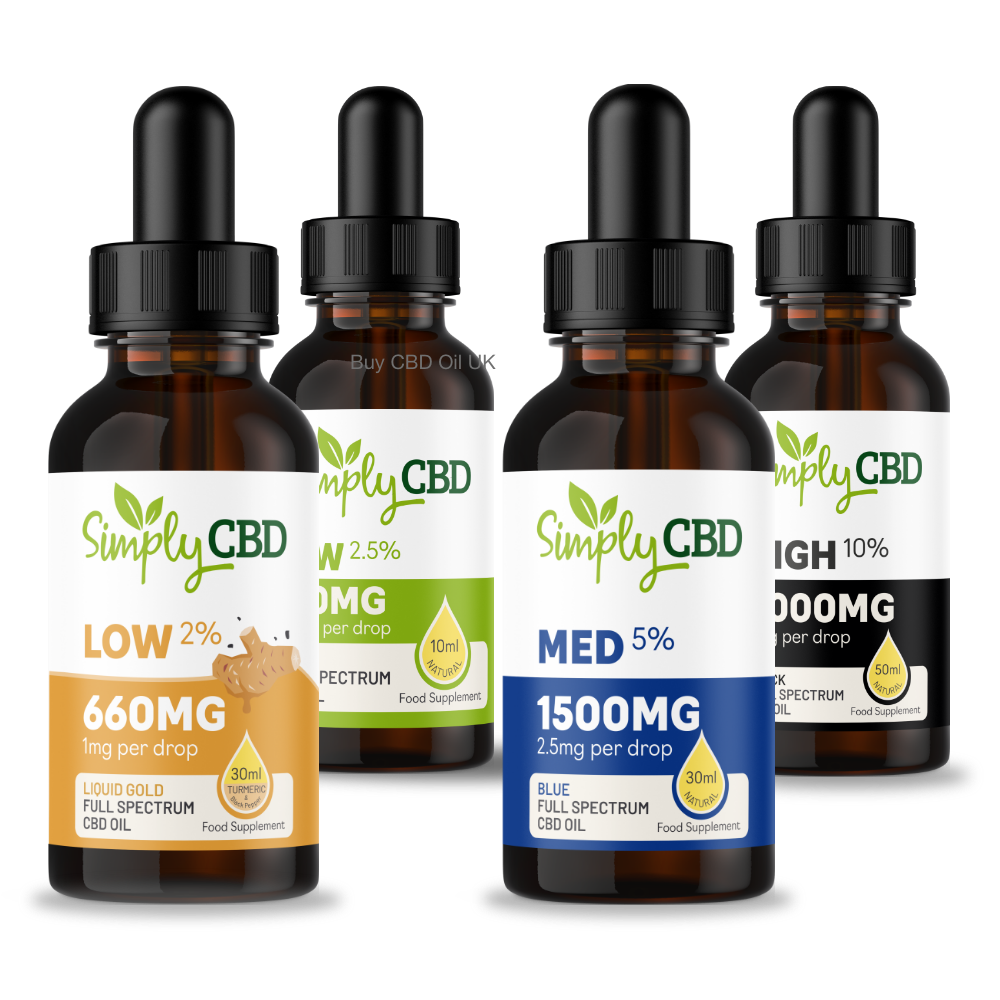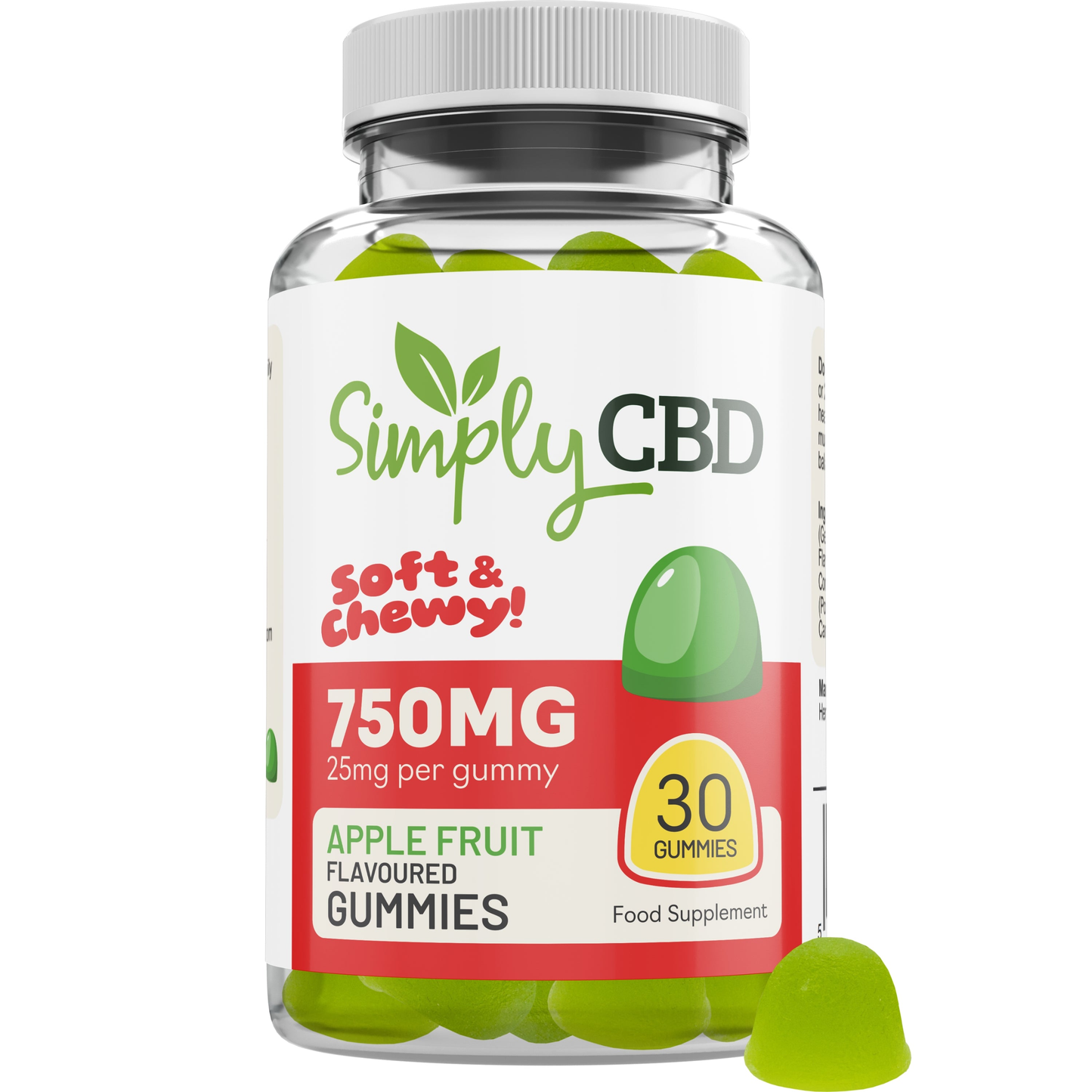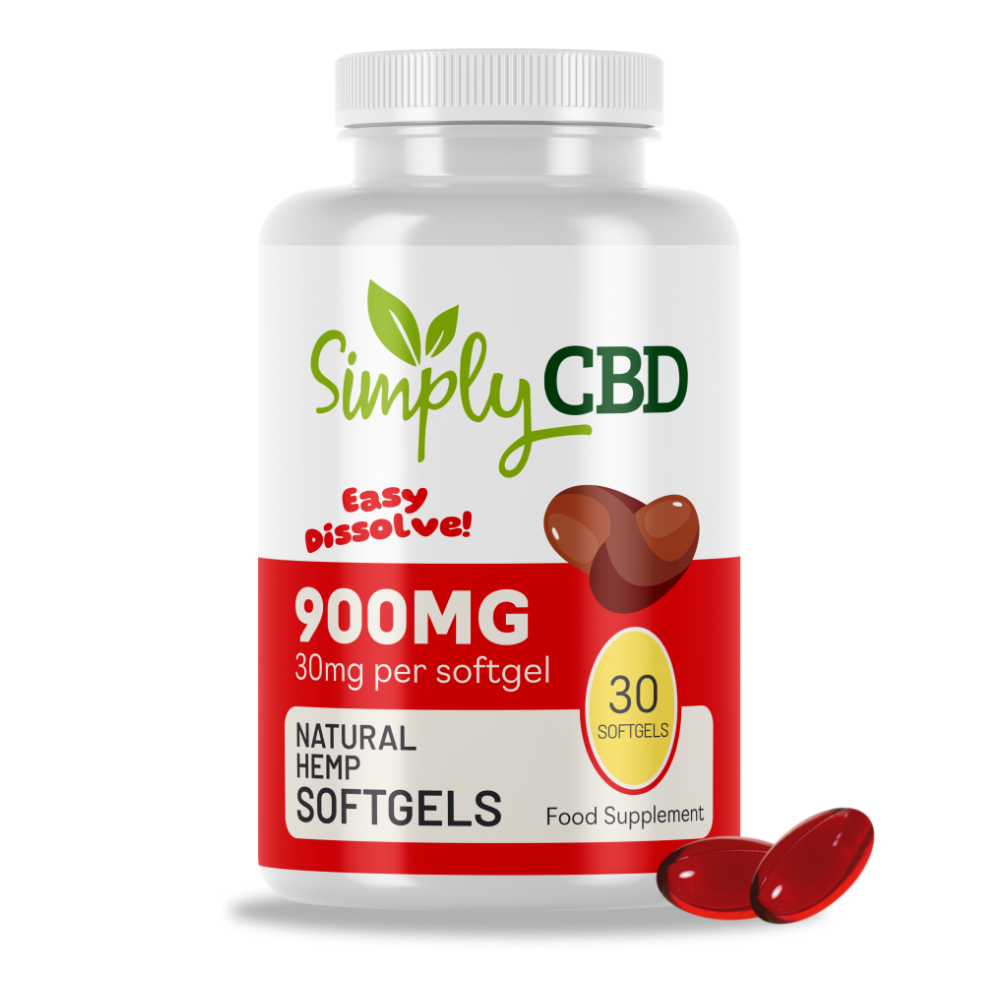
Lab reports provide a way for users to understand what makes up a CBD product. They’re a very useful tool to use when deciding which product is the most suitable option. However, many people don’t fully understand how to read the information provided on a CBD lab report. This article covers everything a CBD user needs to know about lab test results for CBD products.
What is a CBD lab report?
CBD lab reports detail the results of lab tests performed on a batch of CBD products. They provide all of the information necessary to determine a product’s unique cannabinoid profile. This helps users verify whether a product is full spectrum, broad spectrum, or isolate. When users are struggling to decide between different products and brands, lab reports can be used to conduct an accurate comparison.
What type of organisation can test CBD products?
CBD companies shouldn’t be carrying out these tests themselves, as this would make it easy for them to fabricate the results. This is why third-party lab tests are crucial for identifying high quality products and reliable suppliers. Only accredited laboratories are qualified to provide accurate and trustworthy results. This is because their accredited status indicates that they adhere to necessary regulations. Laboratory accreditations for this type of testing typically come from UKAS or ISO. It’s worth noting that some accreditations are accepted in various countries, including the UK and the US. Therefore, the geographical location of the laboratory carrying out the CBD testing is usually far less important than its accreditation status.
Why are CBD lab reports important?
CBD lab reports are important for various reasons. A company that invests in lab reports and displays them publicly is showing that they’re committed to providing high quality products to their customers. Any company that doesn’t independently lab test their products, refuses to show lab test results until after a purchase has been made, or claims to lab test but cannot provide reports, should raise major red flags. Only companies with something to hide will place barriers between their customers and lab results that detail the constituents of their products.
Lab reports show levels of different cannabinoids such as CBD and THC. The CBD levels should reflect what’s being advertised, and the THC levels should fall within legal limits. It’s important for users to be able to determine this, as well as the rest of the cannabinoid profile of the product. In essence, these tests prove whether the products on offer are safe, legal, and high quality.
How to read a CBD lab report
The most important factor in reading a CBD lab report is knowing what to look for. It’s also crucial to understand the key terms on the report, such as what LOQ means.

LOQ
It’s likely that users will come across ‘LOQ’ on CBD lab reports. This stands for Limit of Quantitation, meaning the machinery used to conduct the tests can no longer accurately detect substances below a certain threshold. On Simply CBD lab reports, the LOQ is typically 0.0025%. This means that if a cannabinoid is present in lower levels than this, or not at all, it will show on the report as <LOQ.
CBD
Each report will show the levels of CBD in the product tested. It’s usually first on the list in the ‘analyte’ column, which means it’s the cannabinoid subject to analysis. The column to the right labelled ‘result’ will show the amount of CBD present in the product. This figure is a percentage, as outlined in the ‘units’ column. While the exact amount of CBD in each batch may vary slightly, it should never be more than 1% higher or lower than the dose advertised. A large discrepancy in the CBD levels could result in users being unsure of their correct dosage.
THC
In addition to the CBD content, third-party lab tests also identify the THC content. THC is the cannabinoid that can cause a ‘high’ when consumed in large quantities. In the UK, legal CBD products can contain no more than 0.2% THC. Many products contain even less than this. If a lab report shows THC levels higher than 0.2%, this product does not adhere to UK government regulations and is therefore illegal to buy and sell. It’s important to check that all of the variations of THC combined fall within this threshold, such as THCVA and THCA.
Other cannabinoids
Lab reports also show the levels of other cannabinoids present. For example, a user can see the CBC levels in any given product by working their way through the ‘analyte’ column and checking the relevant result. In CBD isolate products, the only cannabinoid present should be CBD. In broad spectrum products, there should be a range of cannabinoids, but no THC. Full spectrum products should contain a wide range of cannabinoids, including THC up to 0.2%.
What if a user buys CBD from a brick-and-mortar shop?
If a user wants to buy CBD from a brick-and-mortar shop rather than online, finding lab reports may be slightly tricky. However, if the company is reputable and reliable, it should still be possible. This is because trustworthy CBD companies will list their lab reports on their website publicly, so shoppers should be able to quickly check them on their phones before purchasing the product. However, if the company doesn’t provide lab reports or has no online presence whatsoever, it’s best to avoid their products. This is because users have no way of finding more information about the product or verifying what’s in it.
What if there are no lab reports on the company’s website?
Whether a user is buying online or in a shop, they should be able to find lab reports on the brand’s website. If this is not the case, it’s safer to avoid their products. Companies that don’t publish lab results may have something to hide, such as significantly lower levels of CBD than advertised. Avoiding these companies also means users can avoid the possibility of purchasing illegal products. A company with no lab reports could be selling products with higher levels of THC than 0.2%. In short, no lab reports should equal no purchase.
Key takeaways
Here are the key points to remember about CBD lab reports:
- Lab reports help users verify the legitimacy and legality of CBD products.
- Only accredited laboratories can carry out CBD lab tests.
- CBD lab reports are a key indicator of a company’s reliability.
- LOQ means Limit of Quantitation, meaning nothing below this level can be accurately detected.
- CBD levels should be well within 1% of the advertised strength percentage of the product.
- THC levels, including the variations of THC (i.e. THCVA) should be below 0.2%.
- In full spectrum products, cannabinoids other than CBD should be detected, including THC.
- In broad spectrum products, cannabinoids other than CBD should be detected, except for THC.
- In isolate products, no cannabinoids other than CBD should be detected.
- Buyers should be wary of CBD companies that don’t provide lab reports.



